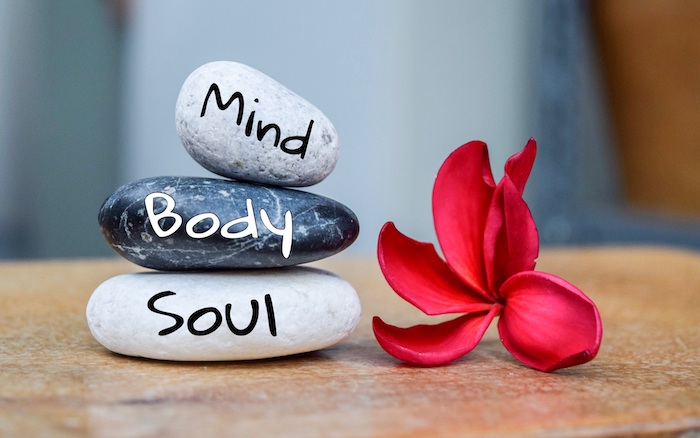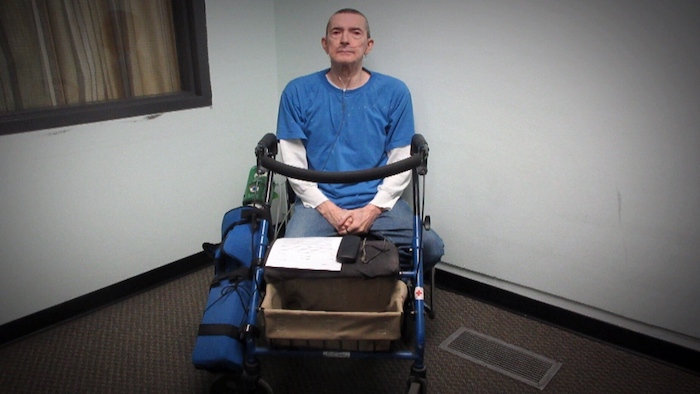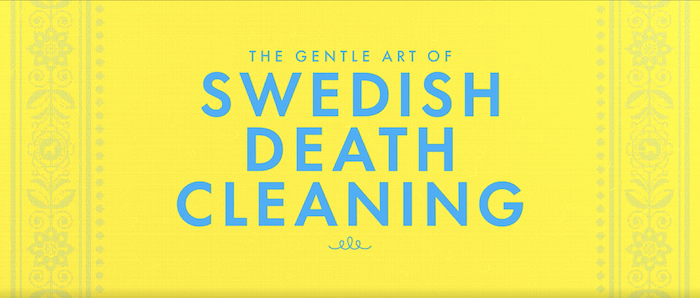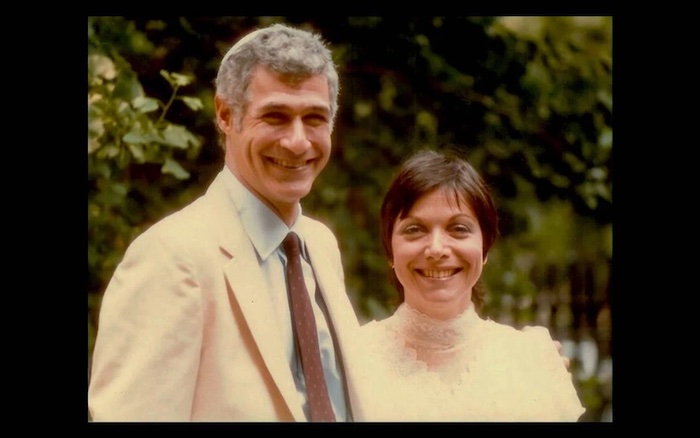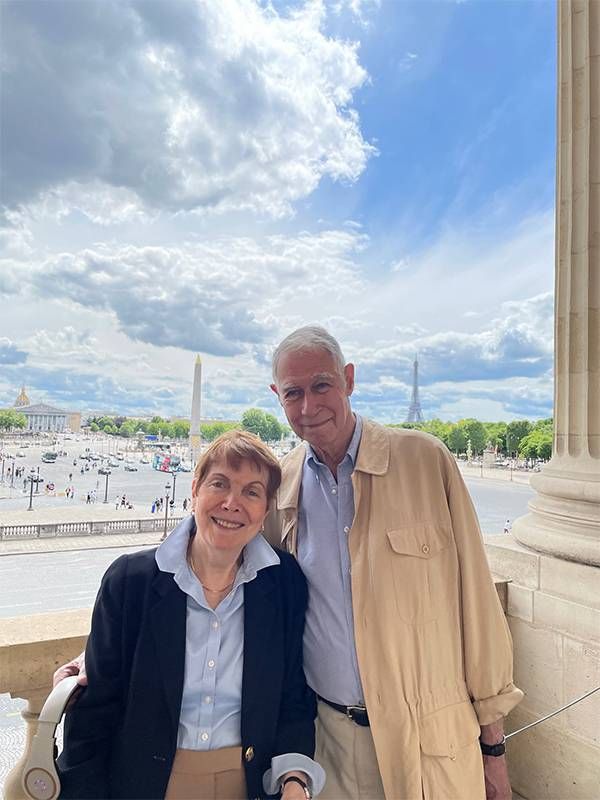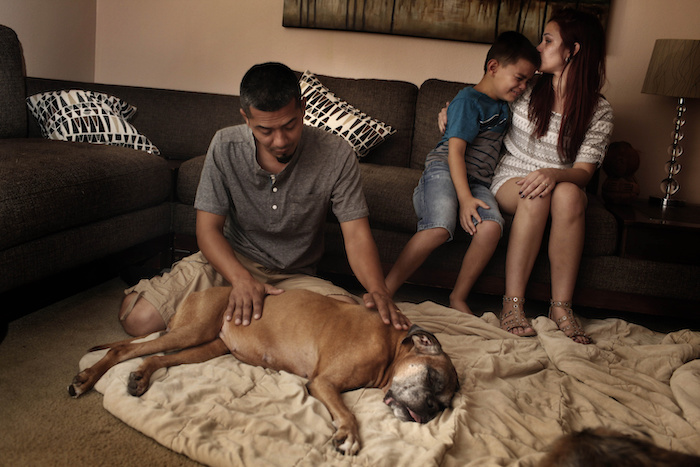— This unique celebration of life and its benefits explained
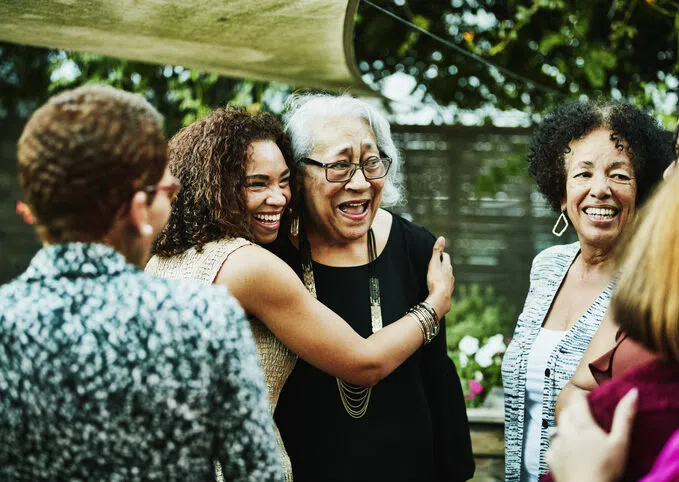
Explore the concept of a living funeral and discover the profound meaning and benefits these celebrations can have for everyone involved.
By Jeanne Sager
If you’ve heard the term “living funeral” pop up as you’re planning end-of-life care for yourself or a loved one, you may very well wonder if you’ve stumbled on a typo. After all, the history of funeral practices in the United States and around the world customarily centers around the time after someone has died.
But no, you read that right. A living funeral — sometimes called a living wake or a pre-funeral — is a ceremony held for a person who is very much alive.
What is a living funeral all about? Why are loved ones opting to throw funerals for the living? Who are they for, and why have they grown in popularity? We asked experts to break down the practice of living funerals and to help you decide if this ritual is one that’s right for you or someone you love.
In its most simple form, a living funeral is a funeral held for a person who is still alive. They are usually performed for individuals who have been diagnosed with a terminal illness or who are advancing in age and coming to grips with their mortality and are typically held in the months, weeks or even days before someone’s death.
While the terminology may be unfamiliar to you, the living funeral concept is not new, says the Rev. George Handzo, director of health services research and quality for the national nonprofit HealthCare Chaplaincy Network. As a chaplain who works with people nearing the end of their life, Handzo says he’s often seen family members come together for a party of sorts to celebrate their loved one.
In some indigenous cultures, Handzo adds, it’s traditional for family members to gather near the end of a loved one’s life and engage in rituals, such as passing on family heirlooms, eating together and praying together as death nears. And the concept of a living funeral has long been practiced in countries like Japan, where the practice is called a seizensō or “funeral while alive.”
What’s the difference between a living funeral and a traditional funeral?
The core concept of a living funeral is the same as that of a traditional funeral — to offer a time and place for friends and family to gather together to honor a loved one. The primary difference between the two is whether or not the ceremony is held before or after the beloved person has died.
Often the tone of living funeral ceremonies is different from that of a traditional funeral as well, says Megan Sheldon, a ceremonialist and end-of-life doula from Vancouver, who’s also co-founder of Be Ceremonial, an app that guides you to create your own ceremonies, including a living funeral or living wake.
“People who come to us often want the event to feel lighthearted, relaxed and fun,” Sheldon explains. “They recognize the sadness and grief people are holding, and they want to focus on how [their loved one] lived their life and not how they are going to die”
What’s included in a living funeral?
The decision around when this sort of ceremony is held or even the shape it takes can differ greatly from person to person, says Willow Baum, an end-of-life planning educator and doula from Callicoon, New York.
“Every person and every circle of loved ones is incredibly unique,” Baum says. That’s why she starts planning by first getting to know the individual’s goals and values to help give shape to a living funeral that is right for them.
For example, an introvert may wish for a small ceremony where people come to visit them at home one at a time or in small groups while an extrovert may want to plan a large get-together with dozens of relatives and friends coming together all at once.
An added bonus to planning a living funeral over a traditional funeral is having the ability to actually ask the person you love what they want included in their ceremony, Baum says. While some people will create a funeral or memorial service plan before their death, asking for clarification on those plans is something that cannot be done when planning a funeral after someone’s death.
“You should really ask them. Don’t guess. Don’t assume,” Baum recommends for anyone who is helping a family member or friend with their end-of-life planning and discussing their final wishes. “This gives people a reason to get deeper with one another.”
While the exact structure and rites included in a living funeral depend on the wishes of the dying person, here are a few practices that might be included:
- Candle lighting or bell ringing to open the ceremony.
- Shared speeches from family or friends, similar to the eulogies that might be shared after someone has died.
- Shared words and thoughts from the celebrated individual for those who have gathered.
- An officiant who leads and guides attendees in prayer.
- A video stream for family or friends who cannot attend.
- Group storytelling and memory swapping among those who attend.
- Music and food, chosen by the person being honored.
- Allotted time for attendees to spend a private moment with the dying relative or friend.
Baum likes the way most of these living funerals unfold to a celebration of life held after someone has died. A living funeral, however, is heavily imbued with a reminder that “time is finite,” adds Baum.
What are the benefits of a living funeral?
A living funeral certainly isn’t something that everyone needs to add to their end-of-life planning, but there are myriad reasons why this sort of ceremony is one that families may consider.
Here are some of the many benefits that a living funeral can offer:
- The opportunity for loved ones to say goodbye – After someone has died, Handzo often hears from friends and family,”‘I didn’t say I love you enough’?” When someone is diagnosed with a terminal illness, the living funeral gives loved ones the ability to do just that: gather to say the things often left unsaid. “We do far too little in our culture of saying goodbye and thinking of the dying person,” Handzo adds.
- A means for the dying to play a role in the ceremony – The act of planning a living funeral can offer catharsis in and of itself, Baum says, allowing someone a chance to take control of their own end-of-life ceremony. For some, she says, it helps them work through their feelings about death and the unknown. For others, this simply provides a way to feel less out of control about the future.
- A chance for the dying to impart last words – A living funeral gives someone who is dying the ability to speak with loved ones and friends who they might not otherwise get to see before their death, especially if time is short and separate visits for each person are too taxing. This could take the form of sharing words of wisdom with a grandchild, offering an apology to someone with whom they’ve had a falling out or simply sharing information.
- A place to highlight positive memories – While the finite time remaining with their loved one may inspire a tinge of sadness, the storytelling element of a living funeral can be uplifting too, giving people a reason to laugh and smile. Sheldon helps families and friends to explore memories in positive ways by creating “memory walkways” with clients. “We hang photos from their lives down a path,” she explains, “and invite people to walk down listening to favorite music while they notice all of the photo memories and moments of significance.”
- A space for families to come together – Simply providing people a place to come together is an added benefit, Handzo says. Busy family members can reconnect and reforge bonds that can provide needed moral support as individuals come to grips with their own feelings about their impending loss and possibly their own mortality.
Can anyone have a living funeral?
If the benefits of planning a living wake sound appealing, you may be wondering if you can start planning your own pre-funeral. Can just anyone have one? Well … technically … yes. But experts have some advice for helping you decide.
“Usually people know they are going to die within a few months and want to do it before they get too weak to appreciate the experience for what it is,” Sheldon says of most living funeral honorees.
That doesn’t mean you have to have a terminal illness, however.
“We’ve hosted living funerals for people who have no intention of dying anytime soon,” Sheldon adds, “but are doing this anyway, as a chance to bring their friends and family together one last time.”
Are there ethical considerations to living funerals?
Of course, there may be some cultural, emotional and sometimes moral considerations to contemplate before adding a living funeral ceremony to your calendar.
For one, the trend of living funerals represents a generational shift in Western cultures, Baum says, and it’s important to respect that older family members may not be comfortable with the idea. Instead of pushing a living funeral on a dying loved one, she stresses the importance of listening to their wishes and working together. Bringing in an end-of-life planner or death doula can be especially helpful as they bring not just their expertise but an outsider’s perspective during an emotional time.
Handzo also advises that people think deeply about their goals before planning a living funeral. For example, he notes, if you’ve had a deep rift with family members or friends and are hoping that these people will come to your pre-funeral to say nice things about you, it’s wise to reconsider.
“That’s not productive,” he warns.
Handzo also advises against trying to force family members to attend a living funeral simply because someone has finite time remaining before death.
In short, a living funeral should not be used to manipulate people, relationships or emotions.
Nor does Handzo recommend using a living funeral as a means to dissuade family and friends from gathering after you have died. “Sometimes,” he notes, “the family does want to do a funeral and go to the graveside.”
While the pre-funeral can benefit both the dying and the people who love them, a traditional funeral may still be an important part of the grieving process for those who have to say goodbye. There may also be cultural or religious traditions — such as the Jewish practice of sitting shiva for a loved one who has died — that people may still want to carry out after someone has died.
Should you plan a living funeral?
Deciding to have a living funeral is an incredibly personal decision, and if you’re considering suggesting the idea for a sick or dying loved one, you first may want to consult with an expert who can help you through the conversation. In particular, Sheldon warns that some people who have yet to accept their death may find talk of a living funeral triggering.
If you’re pondering whether or not this type of ceremony is right for yourself, Baum says it can be helpful to think about it not just in the context of your own wishes but also how it may affect those you are leaving behind. Just as writing out your wishes for what you would like to happen after you have died, planning out the time you have before your death can help loved ones better understand how to support you.
“To think about your own end,” she adds, “is to give the people who are going to do the wrapping up in the end a roadmap.”
Complete Article ↪HERE↩!



